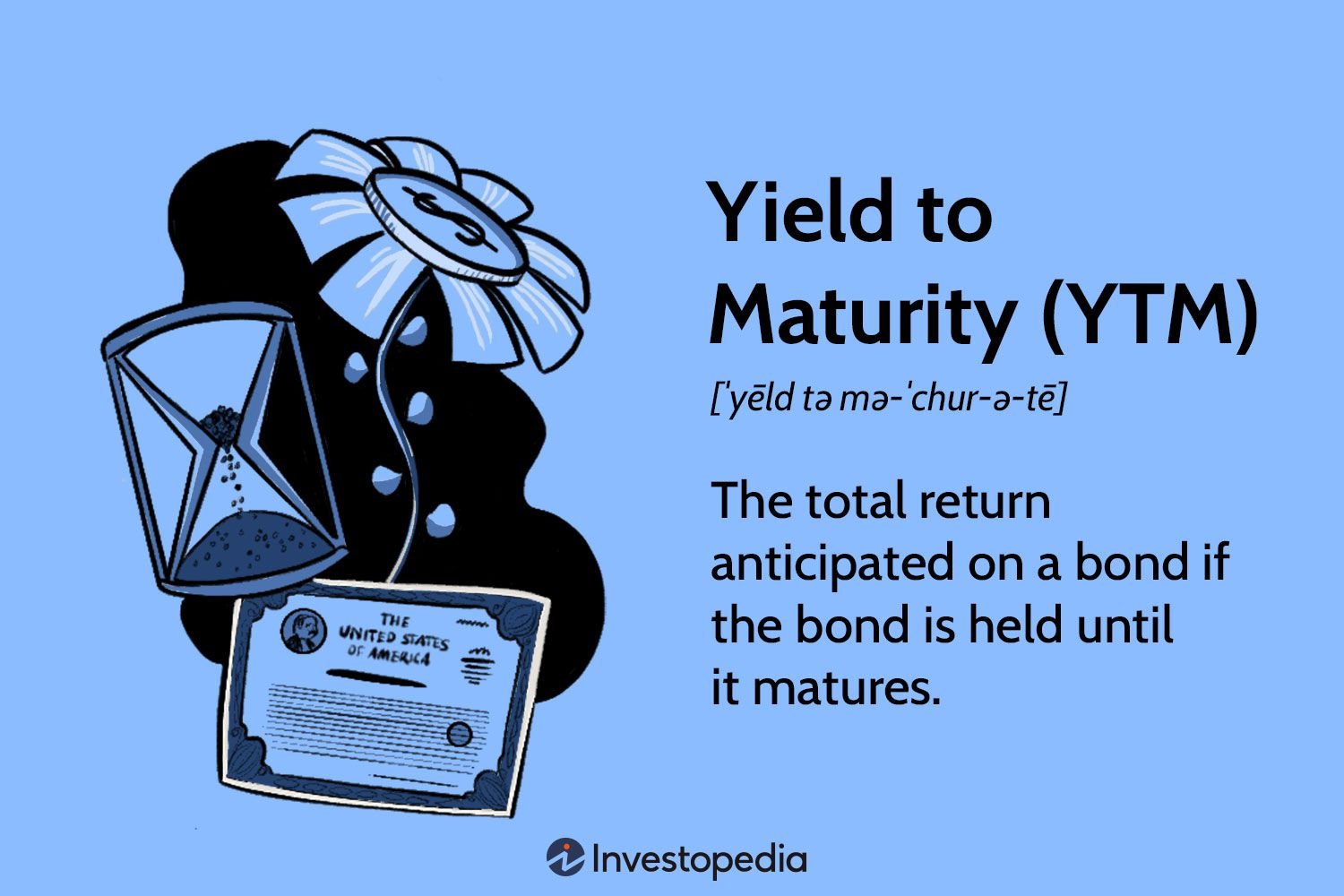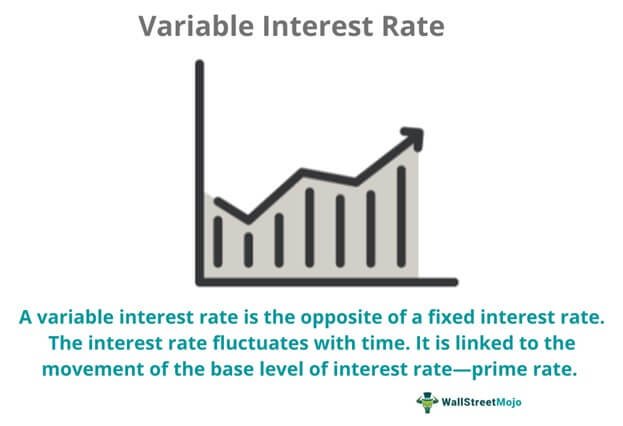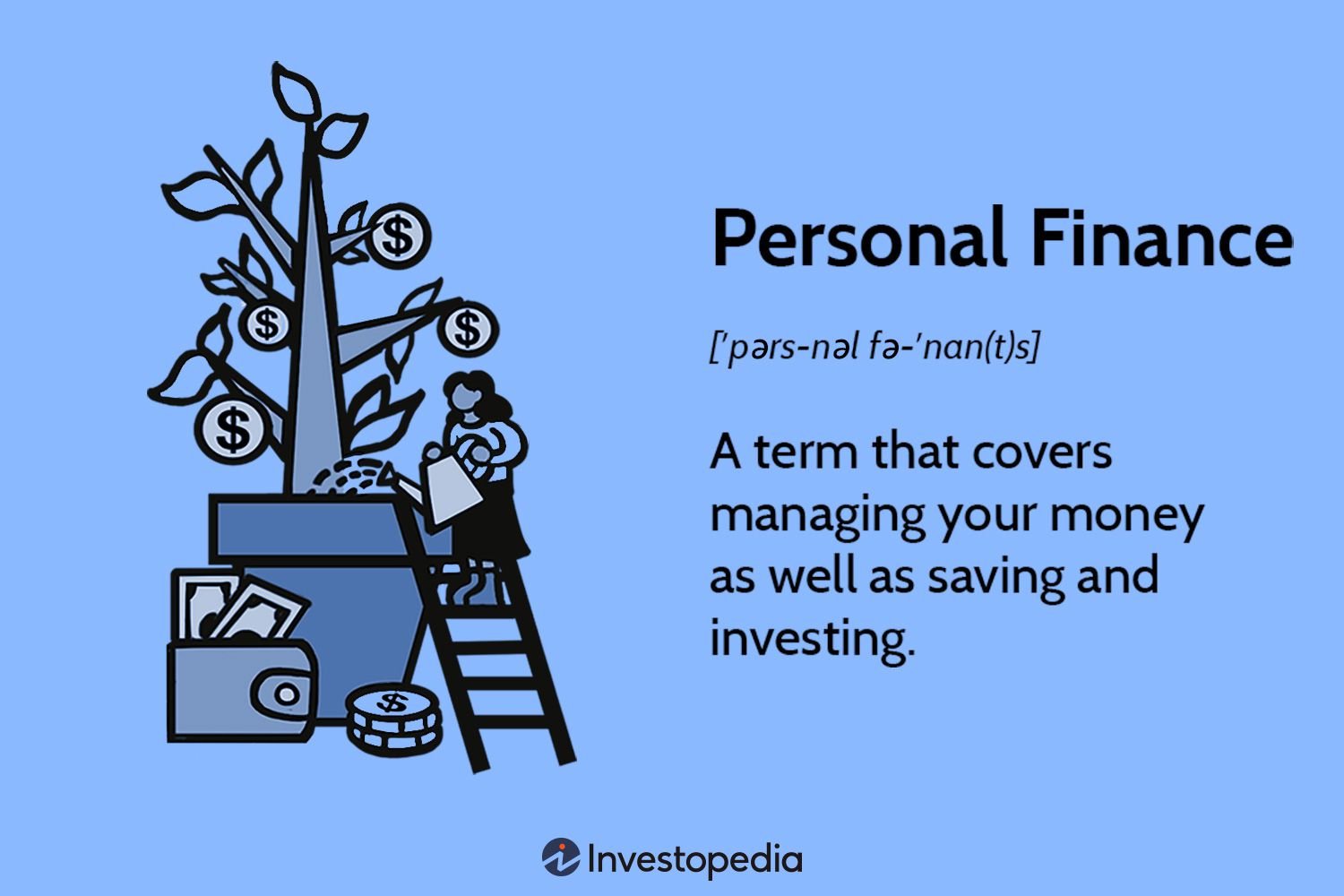What is yield to maturity in bond investing? It’s a crucial concept for every investor to understand. Yield to maturity (YTM) is the anticipated total return you can expect to earn on a bond if you hold it until it matures. In other words, it’s the overall profitability of the bond, taking into account both its coupon payments and any potential capital gains or losses. As a bond investor, knowing how to calculate and interpret YTM is essential for making informed investment decisions. So, let’s dive into the fascinating world of yield to maturity in bond investing and explore its significance in maximizing your returns.
What is Yield to Maturity in Bond Investing?
Investing in bonds can be an excellent way to diversify your investment portfolio and generate fixed income. However, before delving into the world of bond investing, it’s crucial to understand various concepts associated with them. One essential concept to grasp is the yield to maturity (YTM) of a bond.
Yield to maturity signifies the total return an investor can expect to receive if they hold a bond until it matures. It takes into account the bond’s price, its coupon rate, the length of time until maturity, and the face value or par value of the bond.
Yield to maturity is expressed as an annual percentage rate (APR) and is a vital metric for bond investors. By understanding YTM, investors can evaluate the potential profitability of a bond investment and compare different bonds to make informed decisions.
Understanding the Components of Yield to Maturity
To fully comprehend yield to maturity, it’s essential to break down its components:
1. Bond Price
The bond price represents the amount an investor pays to purchase a bond in the market. It may differ from the bond’s face value or par value, which is the value the issuer assigns to the bond when it is first issued. The bond price can be influenced by various factors, including market demand, interest rates, credit quality, and the bond’s remaining time until maturity.
2. Coupon Rate
The coupon rate refers to the fixed interest rate that the issuer agrees to pay the bondholder annually, semi-annually, or quarterly until the bond reaches maturity. It is expressed as a percentage of the bond’s face value. For example, if a bond has a face value of $1,000 and a coupon rate of 5%, the issuer will pay the bondholder $50 in interest each year.
3. Time to Maturity
The time to maturity is the remaining period until a bond reaches its maturity date. It is typically measured in years, and the longer the time to maturity, the higher the bond’s sensitivity to changes in interest rates.
4. Face Value
The face value, also known as the par value, is the amount the issuer agrees to repay the bondholder when the bond reaches maturity. It is typically set at $1,000 or $100 for most bonds.
Calculating Yield to Maturity
The yield to maturity of a bond is not explicitly mentioned on the bond itself. Instead, it must be calculated using the bond’s price, coupon rate, time to maturity, and face value. The formula for calculating YTM is complex, but it can be done using financial calculators, spreadsheet software, or online tools.
YTM calculation takes into account the present value of the bond’s future cash flows, including interest payments and the principal repayment at maturity. By calculating the present value of these cash flows, the yield to maturity can be determined.
Interpreting Yield to Maturity
The yield to maturity provides crucial insights into the potential profitability of a bond investment. Here are a few key points to consider when interpreting YTM:
- YTM reflects the total return an investor can expect if they hold the bond until maturity.
- If the YTM is equal to the bond’s coupon rate, it means that the bond is trading at its face value.
- If the YTM is higher than the coupon rate, the bond is trading at a discount, indicating a potentially attractive investment opportunity.
- If the YTM is lower than the coupon rate, the bond is trading at a premium, suggesting that the bond is less appealing.
- A higher YTM indicates a higher potential return, but it also implies higher investment risk.
Factors Affecting Yield to Maturity
Several factors can influence the yield to maturity of a bond. It’s important to consider these factors when analyzing bond investments:
1. Interest Rates
Interest rates have a significant impact on bond prices and yields. Generally, when interest rates rise, bond prices fall, leading to an increase in yield to maturity. Conversely, when interest rates decline, bond prices rise, resulting in a decrease in yield to maturity.
2. Credit Quality
The credit quality of a bond issuer plays a crucial role in determining its yield to maturity. Bonds issued by entities with higher credit ratings typically offer lower yields since they are considered safer investments. On the other hand, bonds with lower credit ratings or higher risk may offer higher yields to compensate for the increased risk.
3. Market Demand
Market demand for a particular bond can affect its yield to maturity. If a bond is highly sought after by investors, its price may rise, resulting in a lower yield to maturity. Conversely, if a bond has limited demand, its price may decrease, leading to a higher yield to maturity.
The Importance of Yield to Maturity in Bond Investing
Understanding yield to maturity is critical for bond investors for several reasons:
1. Assessing Investment Opportunities
Yield to maturity allows investors to compare the potential returns of different bonds and assess their investment opportunities. By considering the yield to maturity, investors can identify bonds that offer attractive returns relative to their risk tolerance and investment goals.
2. Evaluating Risk and Reward
Yield to maturity provides insights into the risk-reward tradeoff of a bond investment. A higher yield to maturity may indicate a riskier investment, while a lower yield to maturity may signal a safer option. Investors can use YTM to evaluate the risk profile of bonds and make informed decisions.
3. Estimating Income Generation
For income-oriented investors, yield to maturity helps estimate the income they can expect to earn from a bond investment. By considering the YTM, investors can assess whether the bond’s coupon payments align with their income objectives.
4. Making Informed Decisions
By understanding yield to maturity, investors can make more informed decisions about buying, selling, or holding bonds. They can assess the potential profitability of a bond investment, compare it with alternative investment options, and make choices that align with their investment strategy.
Yield to maturity is a crucial concept in bond investing that helps investors evaluate the potential returns and risk associated with bond investments. By understanding the components of YTM and how it is calculated, investors can make more informed decisions when it comes to bond investing. Yield to maturity provides insights into a bond’s potential profitability, allowing investors to assess investment opportunities, evaluate risk and reward, estimate income generation, and make informed decisions. As such, it is a valuable metric that bond investors should thoroughly comprehend.
Intro to Investing In Bonds – Current Yield, Yield to Maturity, Bond Prices & Interest Rates
Frequently Asked Questions
Frequently Asked Questions (FAQs)
What is yield to maturity in bond investing?
Yield to maturity (YTM) is a measure used in bond investing to estimate the total return an investor can expect to receive if the bond is held until it matures. It takes into account the bond’s current market price, its face value, the coupon rate, and the time remaining until maturity. YTM is expressed as an annual percentage rate.
How is yield to maturity calculated?
The yield to maturity is calculated using a present value formula that considers the bond’s current price, coupon payments, and time to maturity. It involves solving for the interest rate that equates the present value of the bond’s expected cash flows to its current market price. Various online calculators and financial software can also be used to compute YTM.
Why is yield to maturity important in bond investing?
Yield to maturity is an essential metric for bond investors as it provides a way to compare the potential returns of different bonds. It helps investors evaluate the attractiveness of a bond investment based on its yield, allowing them to assess the risk and profitability of the investment compared to other alternatives.
What factors affect yield to maturity?
Several factors can impact the yield to maturity of a bond. These include the current interest rate environment, the bond’s credit rating, the bond’s price relative to its face value, the bond’s coupon rate, and the time remaining until maturity. Changes in any of these factors can cause the yield to maturity to fluctuate.
How does yield to maturity relate to a bond’s price?
Yield to maturity and a bond’s price have an inverse relationship. When a bond’s price rises, its yield to maturity decreases, and when the bond’s price falls, its yield to maturity increases. This relationship is due to the fact that YTM represents the annualized return an investor would receive based on the bond’s price and coupon payments.
What is the significance of yield to maturity for fixed-income investors?
For fixed-income investors, yield to maturity is crucial as it helps them assess the potential returns and risks associated with investing in a particular bond. It enables investors to compare bonds with different coupon rates, maturities, and prices, allowing them to make informed investment decisions based on their investment objectives and risk tolerance.
Are there any limitations to yield to maturity?
While yield to maturity is a useful measure for bond investors, it does have limitations. YTM assumes that all coupon payments are reinvested at the same yield, which may not reflect the actual market conditions. Additionally, YTM does not consider factors such as taxes, transaction costs, and potential changes in interest rates, which can impact the realized return on the investment.
How can yield to maturity be used to compare bonds?
Yield to maturity provides a standardized measure for comparing the potential returns of different bonds. By calculating the YTM of various bonds, investors can compare their yields and make informed decisions about which bonds offer more attractive return opportunities. This allows investors to assess the relative value and risk of different bond investments in the market.
Final Thoughts
Yield to maturity is a crucial concept in bond investing. It represents the total return an investor can expect to receive if the bond is held until its maturity date. By taking into account the bond’s current market price, coupon payments, and time remaining until maturity, yield to maturity provides a comprehensive picture of the return on investment. Understanding yield to maturity helps investors evaluate and compare different bonds, assess risk levels, and make informed investment decisions. When analyzing bonds, what is yield to maturity in bond investing should be a key consideration for investors.


